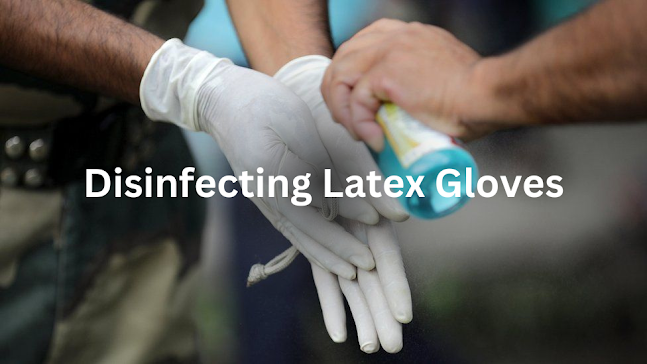Latex Allergies
Latex allergies are relatively common, with up to 6% of the general population being affected by them. Latex is a natural rubber material that is derived from the sap of the rubber tree, Hevea brasiliensis. The rubber is then processed and used in various products, including gloves, balloons, condoms, and medical devices.
Symptoms of Latex Allergies
Latex allergies can cause a wide range of symptoms, from mild to severe. Some of the most common symptoms of latex allergies include:
Skin Irritation: Latex can cause skin irritation, including itching, redness, and rash.
Respiratory Issues: Latex can cause respiratory issues, such as sneezing, coughing, and wheezing.
Anaphylaxis: In severe cases, latex allergies can cause anaphylaxis, a life-threatening allergic reaction that can cause difficulty breathing, swelling of the face and throat, and a drop in blood pressure.
Risk Factors for Latex Allergies
Certain individuals are at a higher risk of developing latex allergies than others. Some of the risk factors for latex allergies include:
Frequent Exposure: Individuals who are frequently exposed to latex products, such as healthcare workers and individuals who work in the rubber industry, are at a higher risk of developing latex allergies.
History of Allergies: Individuals who have a history of allergies, such as hay fever or asthma, are at a higher risk of developing latex allergies.
Medical Conditions: Individuals with certain medical conditions, such as spina bifida or urinary tract abnormalities, may be at a higher risk of developing latex allergies.
Diagnosis and Treatment of Latex Allergies
Diagnosing latex allergies can be challenging, as symptoms can be similar to those of other allergic reactions. If an individual suspects that they have a latex allergy, they should speak to their healthcare provider, who may refer them to an allergist for further testing.
Treatment for latex allergies includes avoiding latex products and carrying an epinephrine auto-injector, such as an EpiPen, in case of anaphylaxis. Individuals with severe latex allergies may also need to take allergy medication, such as antihistamines or corticosteroids, to manage symptoms.
Alternatives to Latex Products
For individuals with latex allergies, it is essential to avoid latex products, including gloves, condoms, and medical devices. Fortunately, there are many alternatives to latex products, including:
Nitrile Gloves: Nitrile gloves are made from synthetic rubber and do not contain any natural rubber latex proteins. They are an excellent alternative for individuals with latex allergies.
Polyurethane Condoms: Polyurethane condoms are made from a thin plastic material that is hypoallergenic and an excellent alternative to latex condoms.
Silicone Medical Devices: Silicone medical devices are hypoallergenic and can be used as an alternative to latex medical devices.
Preventing Latex Allergies
Preventing latex allergies involves reducing exposure to latex products. Some of the ways to prevent latex allergies include:
Using Alternative Products: Using alternative products, such as nitrile gloves or polyurethane condoms, can help prevent latex allergies.
Avoiding High-Risk Activities: Avoiding high-risk activities, such as working in the rubber industry or using latex gloves frequently, can help prevent latex allergies.
Informing Healthcare Providers: Informing healthcare providers of a latex allergy can help ensure that alternative products are used during medical procedures.
Conclusion
Latex allergies can cause a wide range of symptoms, from mild to severe, and can be challenging to diagnose. Individuals with latex allergies need to avoid latex products, including gloves, condoms, and medical devices, and use alternative precautions to prevent exposure to latex. These precautions include using alternative products, avoiding high-risk activities, and informing healthcare providers of a latex allergy. It is also essential for individuals with latex allergies to carry an epinephrine auto-injector and have a management plan in place in case of anaphylaxis.
Overall, it is important for individuals with latex allergies to understand the risks associated with latex exposure and take the necessary precautions to prevent exposure. With proper management and avoidance of latex products, individuals with latex allergies can lead a healthy and fulfilling life.
visit our website to learn more: www.nataliegroupgloves.com



Comments
Post a Comment